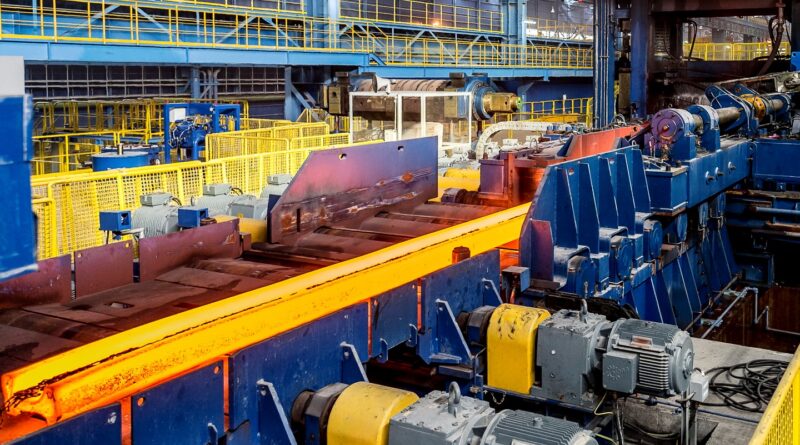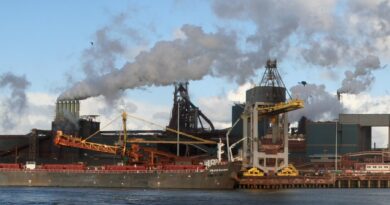ACL – Business update on international steel markets
The World Bank expects global growth to stablise at 2.6% in 2024, holding steady for the first time in three years. Notwithstanding this, the Worldsteel Association (WSA) forecasts that apparent steel use in 2024 will increase by 1.7% to 1.8 billion tonnes. WSA also reported that global steel production was flat for the first five months of 2024 compared to 2023.
China’s domestic steel consumption is expected to remain weak in 2024 due to the ongoing property crisis and weaker infrastructure demand. The high levels of steel exports from China seen in 2023 continue to pressurise international steel markets. At 94 million tonnes in 2023, China’s steel exports were at the highest level since 2015/16. China’s steel exports for the first five months of 2024 increased by 15% compared to the comparable period in 2023, and 2024 exports are anticipated to exceed 100 million tonnes.
Within this environment, most steel producing countries and regions have moved swiftly to implement trade remedies and non-tariff barriers. Mexico announced a near-80% tariff on imports from China. Brazil imposed a 25% tariff which equaled that imposed by the USA on China. These countries followed the lead of Europe, while India, Vietnam and Thailand, amongst others, are also taking similar action.
The first half of the year (“H1 2024”) saw Chinese export hot rolled coil and rebar prices fall by some 10% in US dollar terms compared to the comparable period in 2023. Over that period, the Raw Material Basket (RMB) only decreased by around 4%. The spread between China hot rolled coil and the international RMB reached a low of $64 per tonne in the last quarter of 2023 (“Q4 2023”). Although it showed improvements in H1 2024, recovering to above $100 per tonne, the spread remained at low and unsustainable levels.




